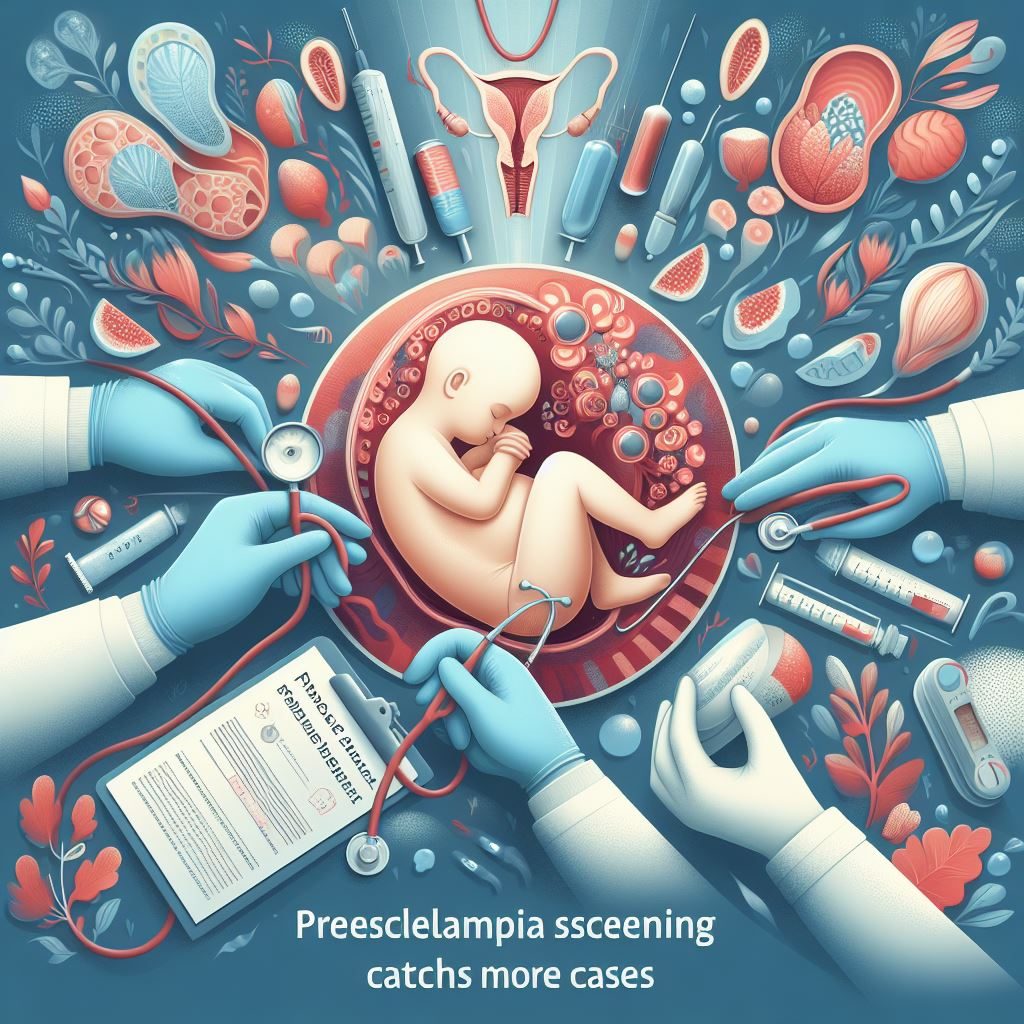Meet Dr. Sarah Thompson
Dr. Sarah Thompson is a passionate OB-GYN with over 15 years of experience. Throughout her career, she’s championed preventative care and empowering expecting mothers with knowledge. Today, she’s here to discuss a groundbreaking development in preeclampsia screening.
Preeclampsia: Understanding the Threat
Preeclampsia, a pregnancy complication characterized by high blood pressure and potential organ damage, can be a significant concern for expecting mothers. Early detection is crucial for ensuring the health of both mother and baby.
The New Screening: A Game-Changer?
Traditionally, preeclampsia screening involves blood pressure monitoring and urine protein tests. However, a new test is emerging that promises earlier and potentially more accurate detection. This test analyzes specific biomarkers in the blood that may indicate an increased risk of developing preeclampsia.
Benefits of the New Screening Method (Informative Table)
| Feature | Benefit |
|---|---|
| Earlier Detection | Identify women at risk earlier in pregnancy, allowing for closer monitoring and timely interventions. |
| Improved Risk Stratification | Categorize women based on their specific risk level, enabling personalized care plans. |
| Potential for Prevention | Early detection may open doors for preventative measures to reduce the severity of preeclampsia. |
| Peace of Mind | Empower expecting mothers with more information about their health and the health of their baby. |

New vs. Traditional Screening (Comparative Table)
| Feature | Traditional Screening | New Screening |
|---|---|---|
| Method | Blood pressure monitoring, urine protein tests | Blood test analyzing specific biomarkers |
| Detection Window | Later in pregnancy | Potentially earlier in pregnancy |
| Risk Assessment | General risk factors considered | More specific risk stratification |
| Limitations | May miss some cases | Further research needed to determine long-term implications |
Considering the New Test: A Word from Dr. Thompson
“The new preeclampsia screening presents an exciting development in prenatal care,” says Dr. Thompson. “While more research is needed to fully understand its long-term impact, the potential for earlier detection and personalized care plans is significant. This empowers expecting mothers with valuable information and allows healthcare providers to intervene proactively.”
Key Considerations for Expectant Mothers
If you’re pregnant and concerned about preeclampsia, discuss the new screening option with your doctor. Here are some key points to consider:
- Eligibility: Not all pregnant women may be eligible for the new test. Talk to your doctor to understand if it’s suitable for you.
- Accuracy: The new test is still under development, and its long-term accuracy needs further evaluation.
- Benefits vs. Limitations: Weigh the potential benefits of earlier detection against the limitations of a relatively new test.
- Shared Decision Making: Discuss the test with your doctor and consider all available information before making a decision.
The Future of Preeclampsia Management
The new preeclampsia screening offers a promising outlook for improved pregnancy outcomes. As research continues, this test, along with traditional methods, can empower both expectant mothers and healthcare providers to navigate pregnancy with greater confidence and preparedness.
Remember: This article provides general information and should not be a substitute for professional medical advice. Always consult with your doctor for personalized guidance regarding your specific health concerns.










